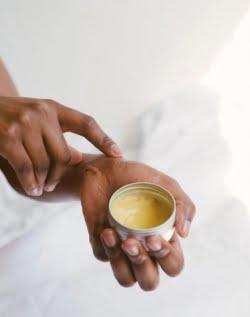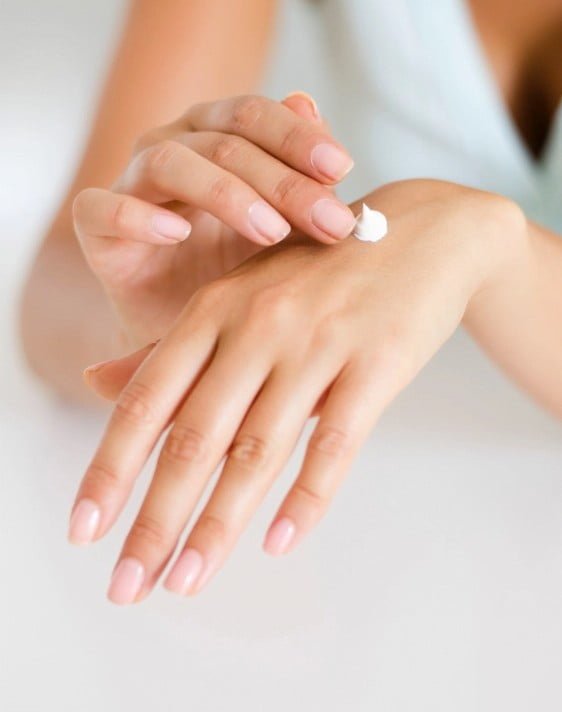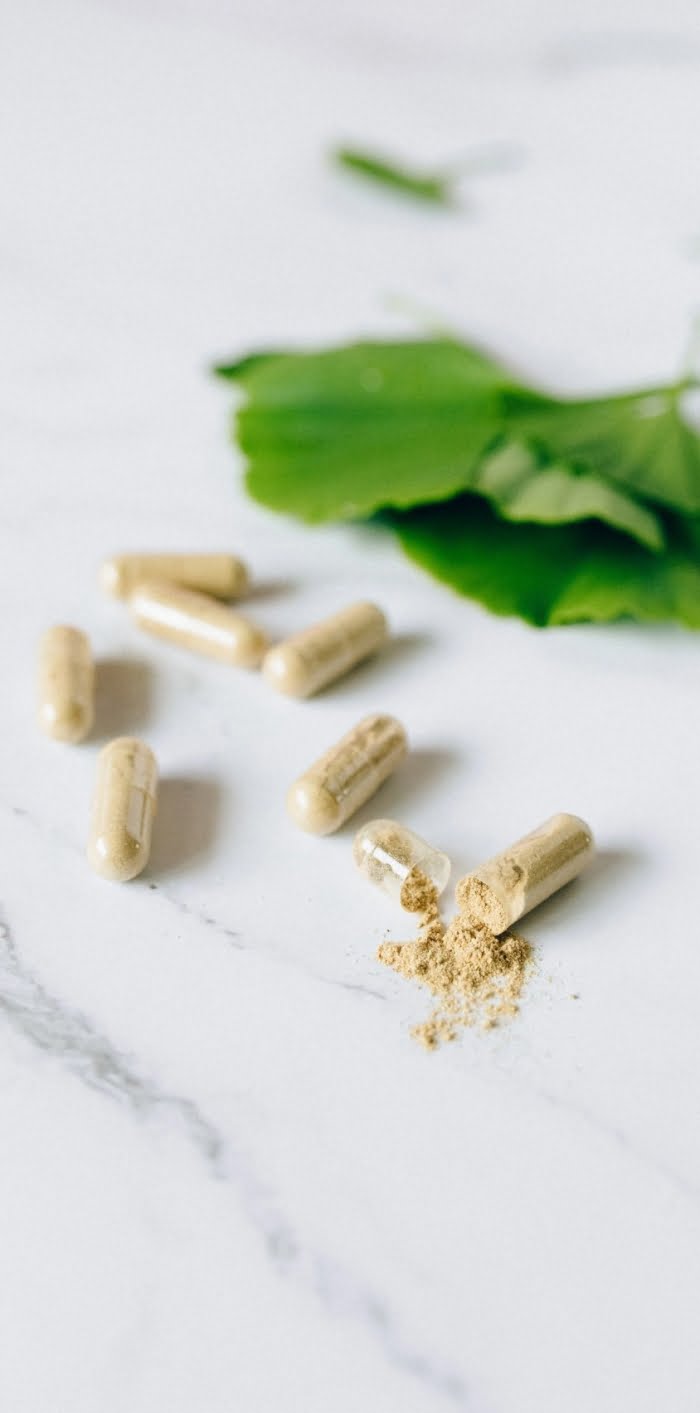
Topical Anesthetics
Topical anesthesia (also referred to as a numbing cream) is needed for common procedures such as suturing, wound cleaning, and injection administration. The ideal topical anesthetic would provide complete anesthesia following a simple pain-free application, not contain narcotics or controlled substances, and have an excellent safety profile. The combination of topical anesthetics lidocaine and tetracaine and the vasoconstrictor epinephrine has been used successfully for anesthesia prior to suturing linear scalp and facial lacerations in children. A triple-anesthetic gel containing benzocaine, lidocaine, and tetracaine (“BLT”) has also been reported to be effective when applied prior to laser and cosmetic procedures. Convenience of application without need for occlusion is an advantage of these topical anesthetics.
The following article concludes: “LAT gel (4% lidocaine, 1:2000 adrenaline, 0.5% tetracaine) worked as well as TAC gel (0.5% tetracaine, 1:2000 adrenaline, 11.8% cocaine) for topical anesthesia in facial and scalp lacerations. Considering the advantages of a noncontrolled substance and less expense, LAT gel appears to be better suited than TAC gel for topical anesthesia in laceration repair in children.”
Lidocaine adrenaline tetracaine gel versus tetracaine adrenaline cocaine gel for topical anesthesia in linear scalp and facial lacerations in children aged 5 to 17 years.
Pediatrics 1995 Feb;95(2):255-8
Read NowThe following article concludes: “Patients reported a mean (±SD; 95% confidence interval) pain score of 5 (±2.58; 3.66-6.46) with 4% tetracaine gel, 4.38 (±2.53; 2.64-4.89) with EMLA(®) and 3.91 (±1.95; 2.65-4.76) with 4% lidocaine gel. There was no statistically significant difference in pain scores between the different topical anaesthetics. The majority of patients preferred 4% lidocaine gel as their choice of topical anaesthetic for dermatological laser and skin microneedling procedures.”
Comparative Efficacy and Patient Preference of Topical Anaesthetics in Dermatological Laser Treatments and Skin Miconeedling.
J Cutan Aesthet Surg. 2015 Jul-Sep;8(3):143-6. doi: 10.4103/0974-2077.167270.
Read NowThe following article reported that a triple-anesthetic gel containing benzocaine, lidocaine, and tetracaine (“BLT”) applied prior to treatment with a 532-nm KTP laser resulted in significantly lower pain scores than with 3 other topical anesthetics at 15, 30, 45, and 60 minutes after application.
Topical Triple-Anesthetic Gel Compared With 3 Topical Anesthetics
Cosmetic Dermatology 2003 Apr;16(4):35-7
Read NowComparative Efficacy: Topical Anesthetics in Dermatology

Comparative studies on topical anesthetics for dermatological procedures highlight patients’ experiences and preferences. Results indicate similar pain scores between different topical anesthetics, with the majority favoring lidocaine gel for dermatological laser treatments and microneedling procedures due to its efficacy in managing discomfort.
Application Insights: Topical Anesthetics for Facial Procedures

In dermatological treatments involving facial procedures, the application of a triple-anesthetic gel (benzocaine, lidocaine, tetracaine – BLT) before laser treatments has shown promising outcomes. Compared to other topical anesthetics, BLT gel significantly reduced pain scores post-application, indicating its efficacy in managing discomfort during and after facial procedures.
Studies consistently validate the effectiveness and safety of various topical anesthetics in dermatology, emphasizing their role in ensuring patient comfort and enhancing the overall experience during procedures. From pediatric dermatology to facial treatments, topical anesthetics play a crucial role in mitigating discomfort and optimizing patient care.
For personalized guidance and access to specialized topical anesthetics catered to dermatological procedures, contact Pace Pharmacy today. Our experienced team is dedicated to providing comprehensive support and tailored solutions to enhance your dermatological experience.

Frequently Asked Questions
How Do Topical Anesthetics Benefit Dermatological Procedures?
Topical anesthesia, commonly known as numbing creams, plays a pivotal role in dermatological procedures like suturing, wound cleaning, injections, and various cosmetic treatments. An ideal topical anesthetic ensures complete anesthesia with a pain-free application, excludes narcotics or controlled substances, and boasts an excellent safety profile.
In various dermatological scenarios, the combination of lidocaine, tetracaine, and epinephrine has shown success in providing effective anesthesia. This formulation has been particularly useful in pediatric cases, facilitating anesthesia before suturing scalp and facial lacerations, and ensuring patient comfort during procedures.
Are Topical Anesthetics Safe for Pediatric Dermatology?
Studies have demonstrated the safety and efficacy of specific topical anesthetics in pediatric dermatology. Research comparing various formulations reveals that non-controlled substances like LAT gel (lidocaine, adrenaline, tetracaine) present better-suited alternatives for pediatric laceration repairs, considering their efficacy, safety profile, and affordability over controlled substances.



